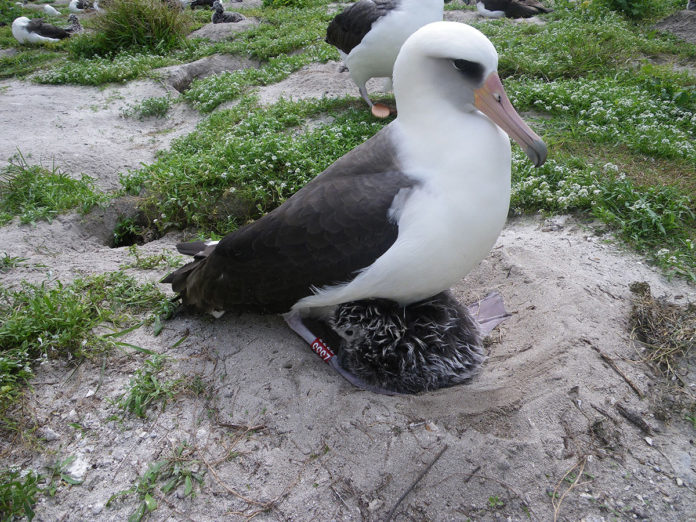
I went down a weird internet rabbit hole the other day, trying to ascertain whether a certain Australian cockatoo was dead or alive. The sulphur-crested cockatoo in question was named Fred and was alleged to be 100 years old. Impressive.
Fred was a resident at the Bonorong Wildlife Sanctuary in Southern Australia, where folks had made a big todo about him reaching the century mark. One newspaper report said the celebration involved not just a party with face painting and something called a “sausage sizzle,” but also a message from Queen Elizabeth herself congratulating the bird on its longevity.
But that story was from 2014, and there has been nary a peep or squawk about Fred the Cockatoo since then. You’d think if the bird — thought to be the oldest of any in captivity — was still alive they’d celebrate his longevity on a regular basis, perhaps with an annual party, or occasional press release with a cute photo. If not annually, maybe every five years, which would have been in 2019. I mean, how often does a bird that lives in one of your cages turn 105?
On the other hand, if he was dead, how could no one have mentioned it? How could they have not held a wake where the bird lay in state and people’s tears ruined their face paint?
I did further research, by which I mean Googling versions of “Fred the Cockatoo” several different ways, and found a 1990 story about how Fred the Cockatoo had been one of the three birds that sat on the shoulder of actor and future-accused-wife-killer Robert Blake in the 1970s tough-guy cop drama “Baretta,” and how it had been kidnapped by some ne’er-do-wells who expected to get a big fat ransom. But the birdnapping attracted too much press, so the suspects released Fred in a park in Escondido, California. I also found a 2015 story about how Fred the Cockatoo one day escaped from his cage and was seen roaming around the Carlsbad, California countryside with a flock of American crows. Iit turns out those were two totally different cockatoos named Fred, and Fred is just a popular name for high-profile and newsworthy cockatoos.
The Google trail went cold after that, the Bing trail even colder. And I’m not sure whether Fred the Centenary Cockatoo is still with us or if, as John Cleese said, he has gone to join the choir invisible. But I vow, as soon as the tightwads who control the purse strings at Key West Weekly approve my travel budget, I will fly down to Australia, find out exactly what the hell is going on with Fred the Cockatoo, and report back.
I’d gone down the Fred the Cockatoo rabbit hole while thinking about some animals’ life expectancy. I read a few weeks ago that mourning doves only live about a year on average. That just seems so short. No wonder they’re constantly in mourning. It seemed so sad when you compared it to, say, Johnathan, the Seychelles giant tortoise who is 188 years old, or to bowhead whales who are thought to live up to 200 years, or to Greenland sharks, who are thought to live up to 400 years.
The bird that really got me thinking about these things was a Laysan albatross named Wisdom. Wisdom’s recent press includes stories in the New York Times and on National Public Radio. Her claim to fame is that she is the oldest known living wild bird.
Captive animals tend to live much longer than those in the wild, where the risks are much greater — predators, pollution, starvation, inclement weather, and just the bodily wear and tear of surviving all that.
A typical long-lived Laysan albatross will live 40 years. Wisdom just hit 70.
She was banded on the nest on Midway Island in the middle of the Pacific in 1956 by ornithologist Chandler Robbins, who banded over 150,000 birds in his lifetime. He’s also famous in the birder world for having written “Birds of North America: A Guide To Field Identification,” which is more commonly referred to as the Golden Guide. (Bands are light metal or plastic bracelets with numbers on them that are attached loosely around birds’ legs so people can identify individuals. Wisdom’s band reads Z333.)
Wisdom may actually be older than 70. Most Laysan albatrosses reach sexual maturity around 8 or 9, but some reach it as early as 5, so the researchers went with that number.
If you’re one of those people who think it’s not the years, but the mileage that defines a life, it should be noted that Laysan albatrosses can fly up to 350 miles in a day – largely without flapping – and that Wisdom is estimated, conservatively, to have flown at least 3 million miles in her lifetime — to the moon and back six times.
She has also raised somewhere between 30 and 36 chicks. Laysan albatrosses tend to mate for life, but Wisdom has outlived several mates. She has been with her most recent beau – Akeakamai – since 2012.
She gathered a great deal of recent media attention because she laid an egg in December 2020 and hatched it with Akeakamai on Feb. 1 of this year.
The chick was named Kūkini, which means messenger, and now wears its own band.

























